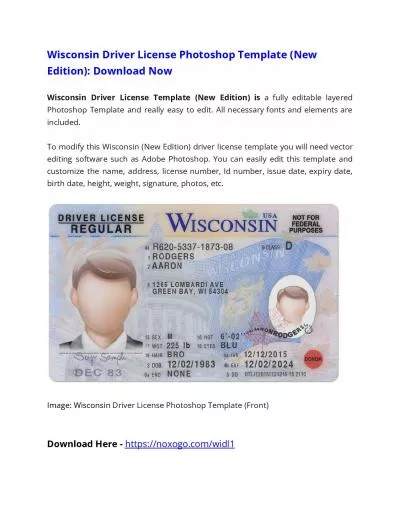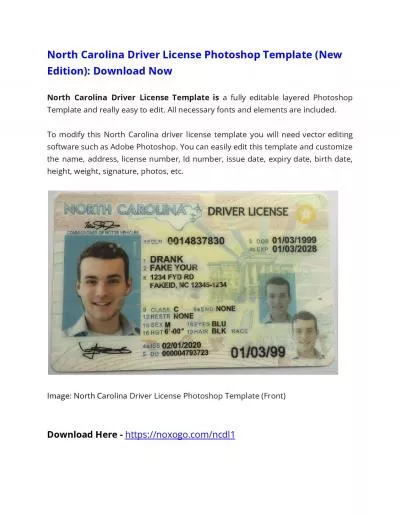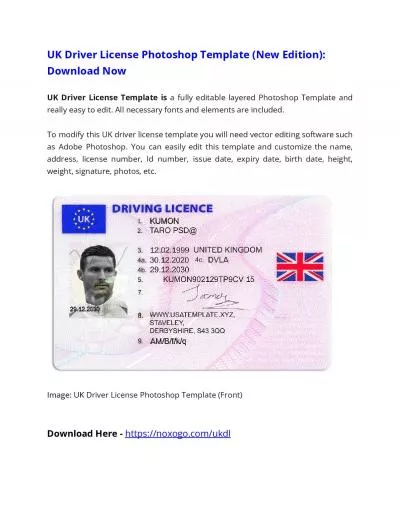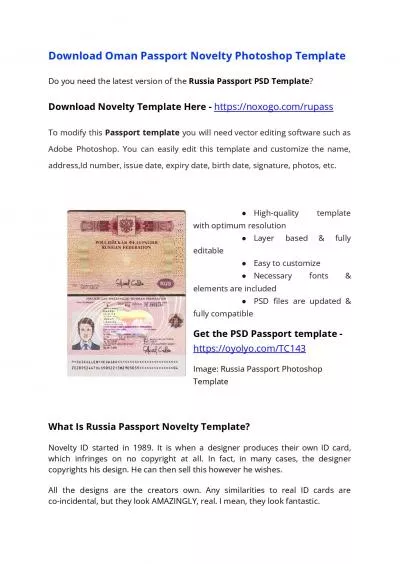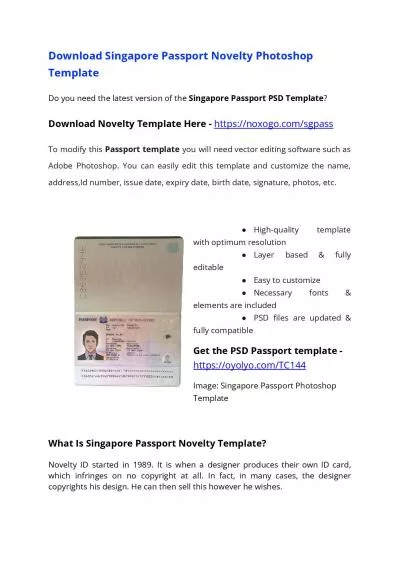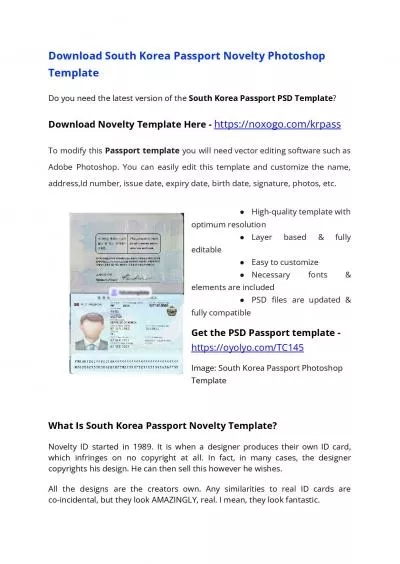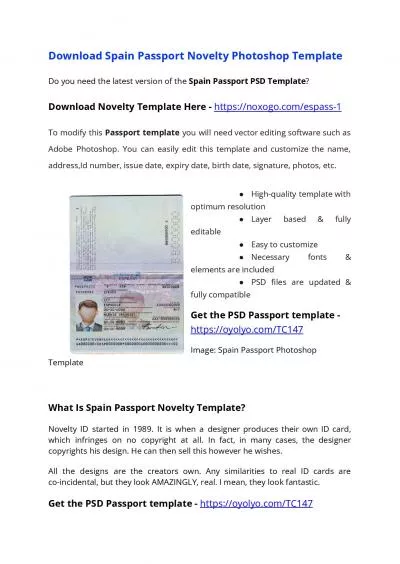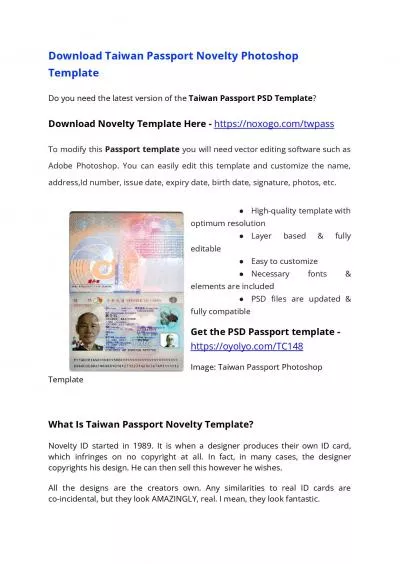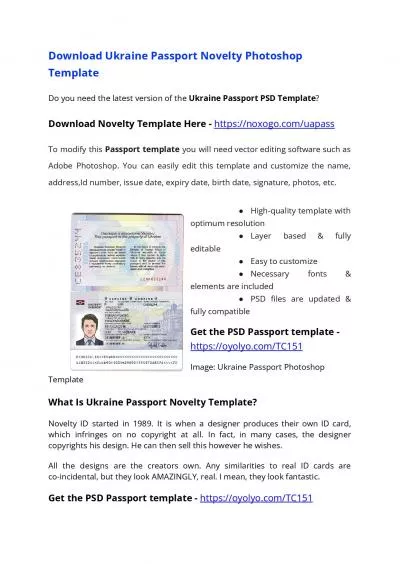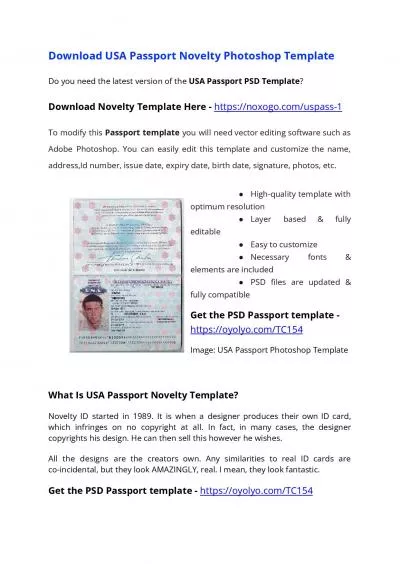PPT-Statistics Review and Design Implications [TEMPLATE]
Author : calandra-battersby | Published Date : 2018-10-29
1 Overview Site traffic Visitors Usage Search terms Referrers 2 Site Traffic How Many People Visit Graphstables showing visits over time including repeat visitors
Presentation Embed Code
Download Presentation
Download Presentation The PPT/PDF document "Statistics Review and Design Implication..." is the property of its rightful owner. Permission is granted to download and print the materials on this website for personal, non-commercial use only, and to display it on your personal computer provided you do not modify the materials and that you retain all copyright notices contained in the materials. By downloading content from our website, you accept the terms of this agreement.
Statistics Review and Design Implications [TEMPLATE]: Transcript
Download Rules Of Document
"Statistics Review and Design Implications [TEMPLATE]"The content belongs to its owner. You may download and print it for personal use, without modification, and keep all copyright notices. By downloading, you agree to these terms.
Related Documents

![PPT-Statistics Review and Design Implications [TEMPLATE]](https://thumbs.docslides.com/700586/statistics-review-and-design-implications-template-1457176.jpg)

